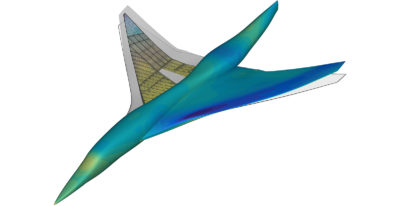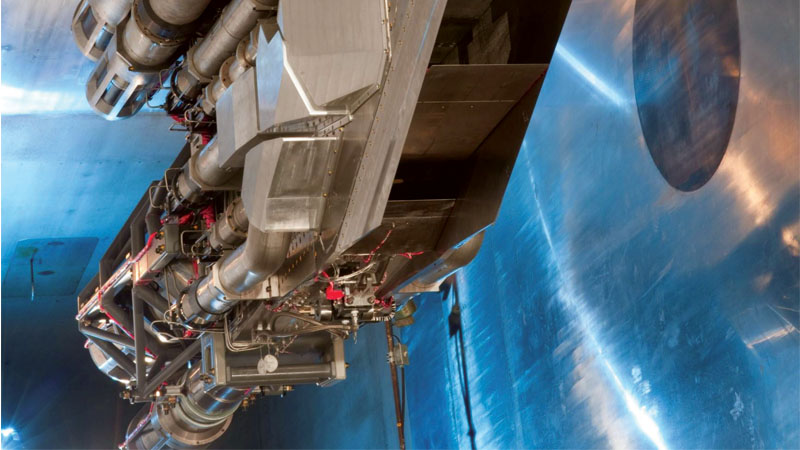Human spaceflights and science missions lead dynamic year
By Philip Venturelli|December 2021
The Space Systems Technical Committee fosters the development, application and operation of space systems and addresses emerging issues in the area.
This year was ground-breaking for space systems accomplishments. The pace is only likely to accelerate, especially as NASA’s ambitions to go back to the moon ramp up and the private space industry continues to rapidly grow.
In February, NASA’s Perseverance rover landed on Mars. Perseverance traversed a significant amount of terrain on the red planet and began sampling Martian rock. The rover’s mission is to seek evidence of ancient life and collect samples for a future return mission. Perseverance is about the size of a car and comparable in size to the Curiosity rover.
In April, NASA’s Ingenuity Mars Helicopter took flight on Mars. It was the first powered flight on another planet. A United Launch Alliance Atlas V rocket launched both Ingenuity and Perseverance in July 2020 from the Florida Space Coast. Since its initial flight, the helicopter has zipped around Mars and taken pictures, demonstrating the value of scouting ahead by air. Its primary mission was as a flight technology demonstrator.
SpaceX launched the Crew-2 mission, which sent four astronauts to the International Space Station aboard the Crew Dragon Endeavour spacecraft in April. Endeavour traveled to the ISS in 2020 as part of the Demo-2 mission. Demo-2 was the first test flight of the SpaceX Crew Dragon capsule with humans on board.
In May, SpaceX’s SN15 Starship spacecraft touched down safely after performing a high-altitude test flight. The spacecraft is intended to take astronauts to the moon in 2025 and subsequently to Mars. The Starship, fueled by methane, flew to an altitude of about 10 kilometers and then performed a “belly-flop” maneuver and returned to Earth, restarting its engines and landing.
In July, Richard Branson and Jeff Bezos flew to space aboard separate launch systems developed by their respective companies, Virgin Galactic and Blue Origin. The billionaires had been competing to become the first to send civilians into space as a kickoff for the new commercial space travel industry. To begin the era of space tourism, Virgin offered tickets for $450,000.
SpaceX launched its Crew Dragon Resilience spacecraft into low-Earth orbit in September. The Inspiration4 mission to benefit St. Jude Children’s Research Hospital carried four passengers.
Contributors: John Carsten and Zack Krevor



































